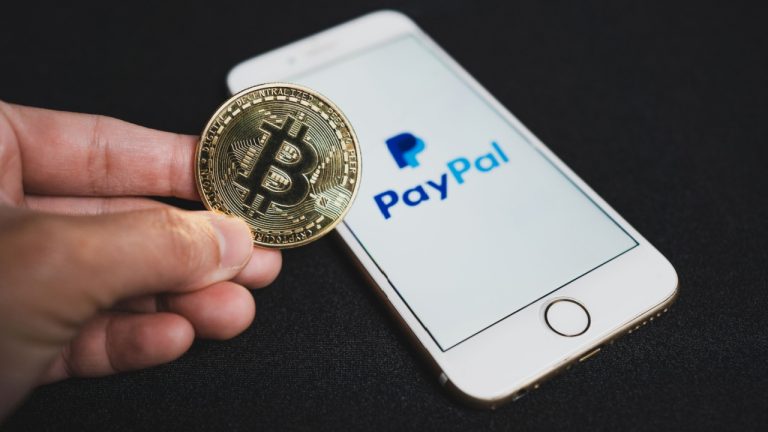
X users should eventually be able to use the app’s anticipated payment features to send money to other users, buy things in stores, and even earn interest on their account holdings.
X users will one day be able to use the platform to send money to other users, purchase goods from stores, and even earn interest on the money in their accounts as one would do with a bank account, said the head of payments at X.
In an April 22 post, X payments chief information security officer Christopher Stanley said the payment capabilities of X would go beyond “just tipping” and expand to include an in-app wallet capable of storing and sending money to any other X users.
“Think Venmo at first. Then, as things evolve, you can gain interest, buy products, eventually use it to buy things in stores (think Apple Pay),” said Stanley.




















